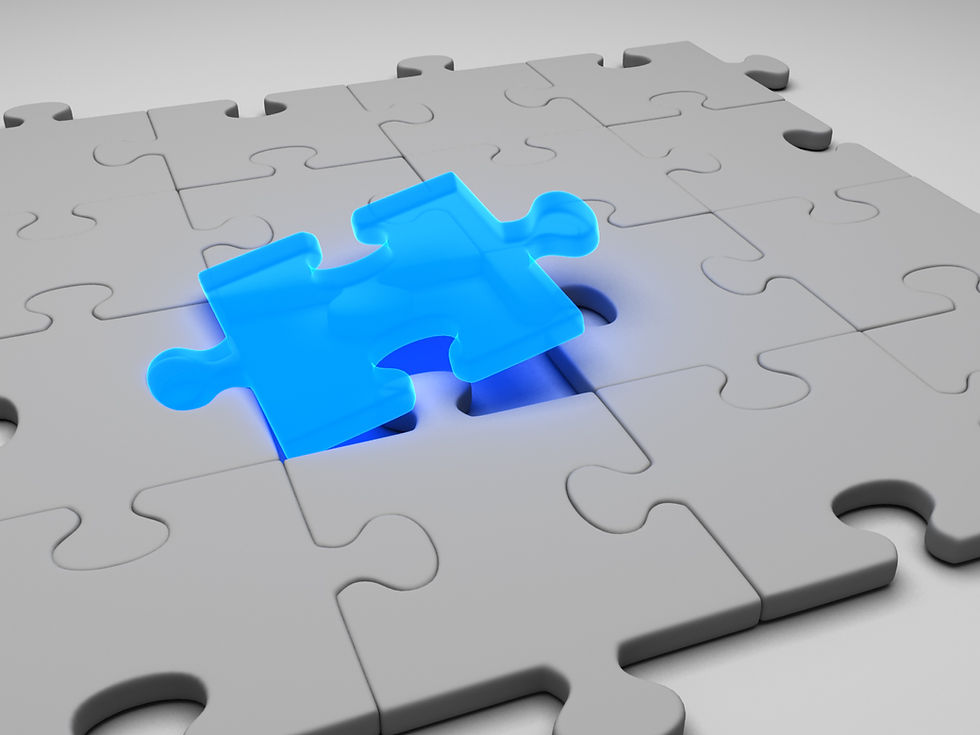Bridging ABA and Fitness: How Exercise Reinforces Positive Behavior
- Devin Suarez
- Nov 4
- 3 min read

The Connection Between Behavior and Movement
Applied Behavior Analysis (ABA) focuses on understanding and shaping human behavior through reinforcement, structure, and consistency. Fitness, when designed correctly, operates on those same principles.
At Suarez Adaptive Performance, we merge the behavioral science of ABA with the structure of exercise to create sessions that improve not only strength and coordination, but also focus, confidence, and self-regulation.
Movement becomes more than physical, it becomes behavioral therapy in action.
Structure Creates Safety
ABA emphasizes predictable routines that help individuals feel secure and in control. Exercise naturally provides that same structure: warm-up, movement, rest, repeat.
Studies show that predictable environments reduce anxiety and behavioral dysregulation in children with autism (Koegel et al., 2012). When workouts follow a consistent flow, clients know what to expect, lowering stress and increasing engagement.
Simple structure creates emotional safety, which allows learning to happen more naturally.

Exercise Reinforces Desired Behaviors
One of the core concepts in ABA is positive reinforcement; rewarding desired behavior to increase its frequency. Exercise offers instant reinforcement through movement feedback and neurochemical rewards like dopamine and endorphins (Ratey, 2008).
Every repetition becomes a success loop. Over time, the brain associates movement with confidence instead of resistance.
Try adding small reinforcements into sessions:
Verbal praise or high-fives after effort
Token or sticker systems for consistent participation
Progress charts with visible milestones
The goal isn’t perfection; it’s building motivation through positive feedback.
Movement Improves Focus and Emotional Regulation
Physical activity directly enhances executive function, the brain’s ability to plan, focus, and regulate emotions (Hillman et al., 2008).

Research shows that aerobic exercise can increase engagement and reduce repetitive or self-stimulatory behaviors in children with autism (Lang et al., 2010). By embedding structured movement within ABA sessions, parents and professionals can help children regulate energy and improve readiness to learn.
In short, movement strengthens both body and brain.
Exercise Builds Confidence and Autonomy
ABA’s ultimate goal is independence. Fitness supports this by offering clear, measurable mastery, each new movement skill reinforces self-efficacy (Bandura, 1997).
When children recognize their progress (balancing longer, lifting slightly more, improving coordination) they internalize the belief that “I can.” That shift changes everything.
Structure isn’t limitation, it’s freedom earned through consistent effort.
Families as Co-Participants
When parents join adaptive training, they help generalize behaviors from sessions into daily life. Family participation increases modeling, emotional connection, and co-regulation — all core components of ABA (Feldman, 2007).
Plus, parents benefit physically and emotionally while deepening their bond with their child. Family involvement transforms fitness into a shared mission.
Final Thoughts
ABA and fitness share the same foundation: structure, reinforcement, and growth through consistency. When combined, they form a holistic approach that strengthens both body and behavior.
At Suarez Adaptive Performance, we’ve seen adaptive movement transform not only strength and coordination, but confidence, focus, and family connection.
Through structure, the body learns discipline. Through connection, the mind learns peace.

Ready to Experience ABA-Centered Fitness?
If you’re in the Orlando area and want to explore how adaptive exercise can reinforce positive behavior and confidence, visit
or text
📱 (407) 353-5584
to schedule a free consultation.
Follow our journey on Instagram: @suarez.adaptive.performance
References
Bandura, A. (1997). Self-Efficacy: The Exercise of Control. W.H. Freeman.
Feldman, R. (2007). Parent–infant synchrony: Biological foundations and developmental outcomes. Current Directions in Psychological Science, 16(6), 340–345.
Hillman, C. H., Erickson, K. I., & Kramer, A. F. (2008). Be smart, exercise your heart: Exercise effects on brain and cognition. Nature Reviews Neuroscience, 9(1), 58–65.
Koegel, R. L., et al. (2012). Using behavioral interventions to improve social communication. Journal of Autism and Developmental Disorders, 42(6), 1208–1218.
Lang, R., Koegel, L. K., Ashbaugh, K., Regester, A., Ence, W., & Smith, W. (2010). Physical exercise and individuals with autism spectrum disorders: A systematic review. Research in Autism Spectrum Disorders, 4(4), 565–576.
Ratey, J. J. (2008). Spark: The Revolutionary New Science of Exercise and the Brain. Little, Brown Spark.





Comments